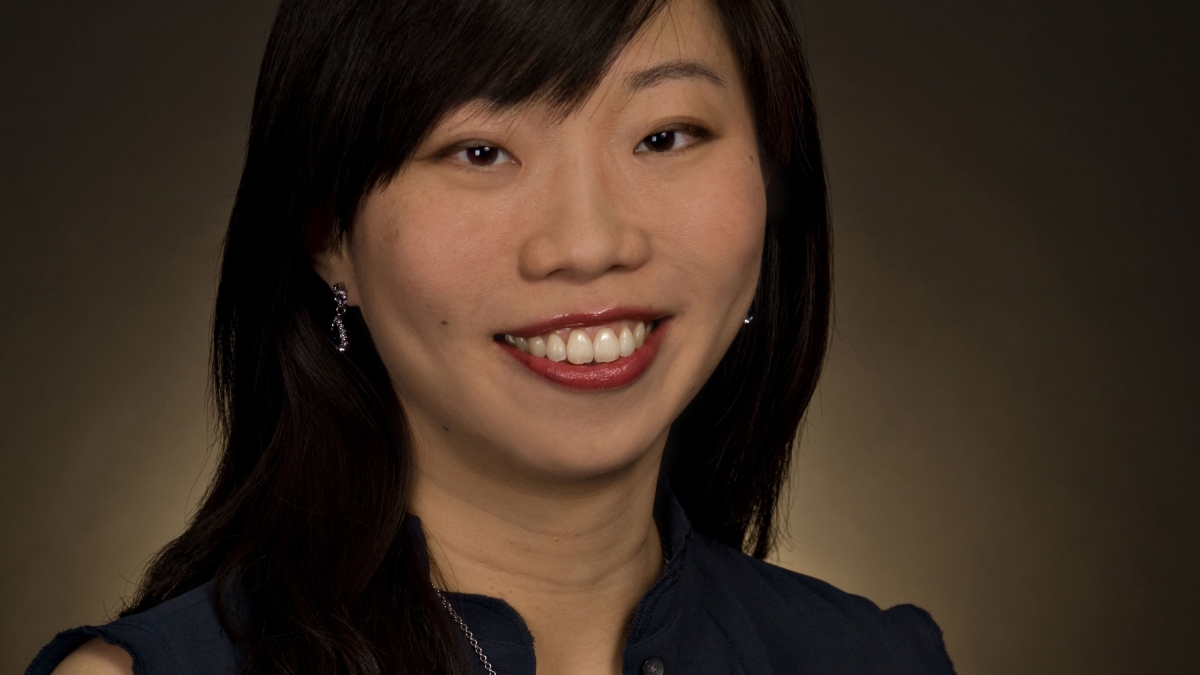Religious organizations savvy in use of social, digital media

Are you a member of the Catholic faith who needs to confess your sins? There’s an app for that.
Has your soul become conflicted with too much media, social and otherwise? Perhaps you’re a member of the Russian Orthodox Church and gave it up for Lent.
As the use of new and social media evolves into an integral part of people’s daily lives, religious organizations are using media tools in increasingly ingenious ways to spread influence and build community.
“A lot of religions are quite savvy," says Pauline Cheong, associate professor in ASU's Hugh Downs School of Human Communication. "They use it to brand their own organizations. Sometimes larger organizations with more resources employ people who are dedicated specifically to social media outreach.”
The use of new and social media cuts across all main religions from Catholics to Buddhists, and especially for evangelical churches that are often at the forefront of new social media technologies. Examples of use include tweeting Easter messages or sending emailed postcards for upcoming services.
Cheong, who has interviewed more than 100 church and temple leaders of various faiths on this subject in the past six years, cites Facebook and Twitter as two of the most popular tools among religious organizations, but multiple media platforms are used to communicate messages to followers and seekers.
Apps are a tool that can ease the nervousness of going to confession. Some apps are not endorsed by the church, especially those that allow users to earn religious points – something that is typically not reflective of religious teachings.
Recent trends point to the “celebrification” of religious leaders through digital and social media that give rise to public expectations of priests and pastors to behave like “rock stars.” This ties in with aggressive branding and cross media marketing strategies that are being used to create iconic leadership, Cheong said.
Online experiences aren’t replacing the physical presence in houses of worship, but Cheong has found that many leaders see the use of digital media as a complement to services, meetings and functions within a church or temple.
One of her most recent research projects involves a large Chinese Buddhist organization based in Taiwan that uses social media in multiple languages, has satellite television in all continents of the world, its own digital radio station and does podcasts.
“Their coverage ranges from Asia, to the Americas and Africa,” Cheong said.
Religious leaders at times find it difficult to keep up with all of the mediated technology they have incorporated into their organizations. Media tools can lead to more members and build a sense of community, but also require an inordinate amount of work.
“A lot say they are increasingly overwhelmed by the technology and the different mediated channels they have to deal with. It adds to their workload considerably,” Cheong said. “They have to devise new strategic messages, deal with multiple layers of texts and arbitrate between mediums. Many leaders say they prefer rich face-to-face meetings.”
In countries where the expression of religion is suppressed, members of a church or temple may use social media to communicate messages, albeit in a somewhat secretive manner, for example sending attachments that are harder to scan or by masking language.
“Social media is used in creative and somewhat clandestine ways. They may not say the word ‘pray’ or ‘bible,’ since that can evoke censorship based on key words searches,” Cheong said. “They have to be more creative about using social media to share their faith.”
New and social media can also lead to an exodus from the church, especially for those organizations that are more sheltered and inclusive. “Because of the explosion of alternative and critical texts that enable alternatives, they may turn away from the faith of family members.”
There is also a backlash of sorts against the media that has become a dominant force with some organizations such as the Russian Orthodox Church advising followers that giving up social media for lent can cleanse their souls.
“It is what we call a digital Sabbath. Some churches think you have to disconnect in order to reconnect, quiet your soul and lead to contemplation,” she said.
Pauline Cheong is the lead editor of “Digital Religion, Social Media and Culture” and co-author of “Narrative Landmines: Rumors, Islamist Extremism, and the Struggle for Strategic Influence,” that examines the role of terrorism in the digital and social landscape. The Hugh Downs School of Human Communication is an academic unit in ASU's College of Liberal Arts and Sciences.

